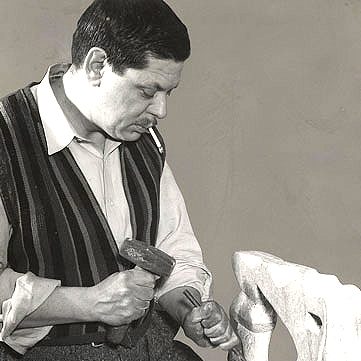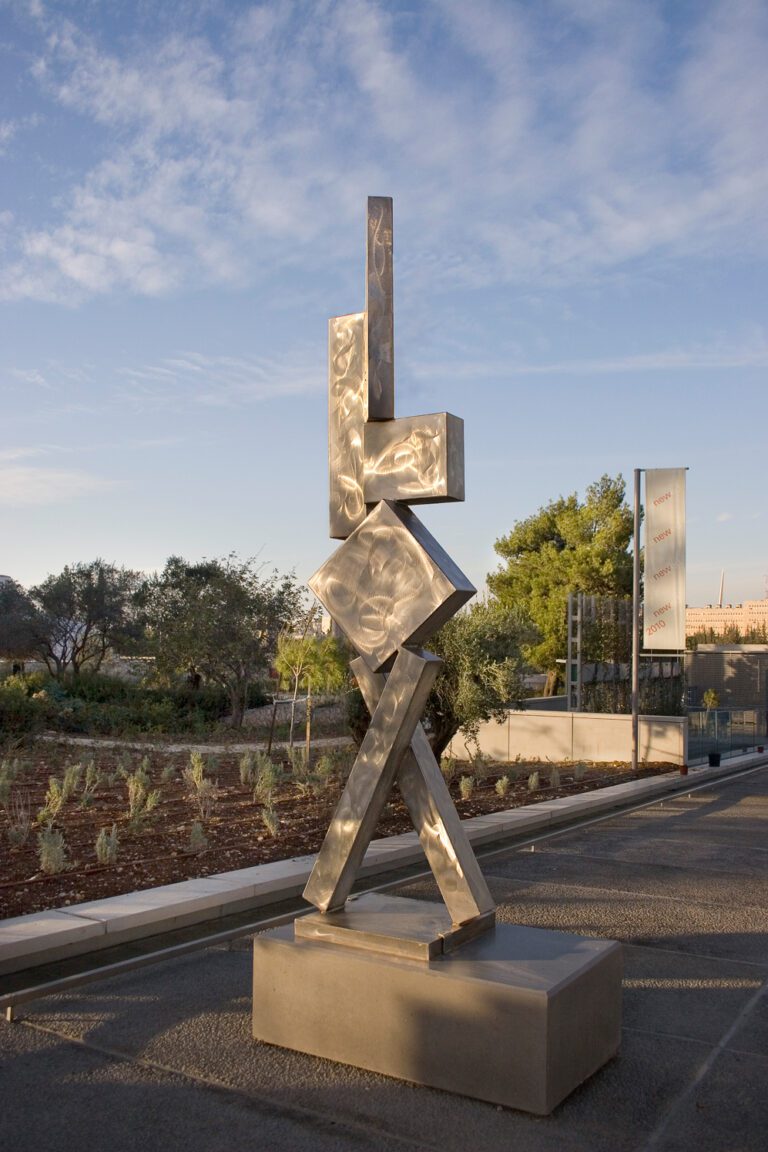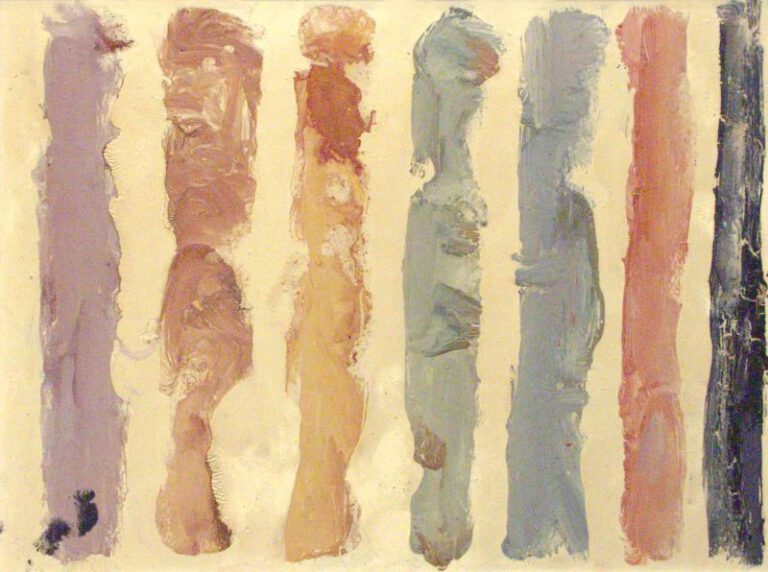At the Art Students League in New York in the late 1920s, American Abstract Expressionist David Smith was introduced to the work of Picasso, Mondrian, Kandinsky, and the Russian Constructivists, and soon discovered the welded-steel sculpture of Pablo Picasso and Julio González, which led him to combine painting and construction. From three-dimensional objects in wood, wire, coral, soldered metal, and other found materials, he graduated to welded metal sculptures (using an oxyacetylene torch) – the first ever made in the United States.
In 1962, Smith was commissioned to create a sculpture for the Festival dei Due Mondi (Festival of the Two Worlds) in Spoleto, Italy. Given full use of five shuttered factory buildings in the town of Voltri, near Genoa, and permission to incorporate into his sculpture any tools, machines, or manufactured steel elements he found abandoned there, Smith produced twenty-seven works at a rate of nearly one per day. Upon returning to the United States, he had his remaining works-in-progress and additional parts sent from Italy to Bolton Landing, New York, where he completed the “Voltri-Bolton/Voltron/V. B.” series. In Voltron XII, Smith combined geometric forms and industrial parts to create a three-dimensional collage – a calligraphic construction of great grace and purity, resembling a human figure in the most abstract terms.
Adina Kamien





